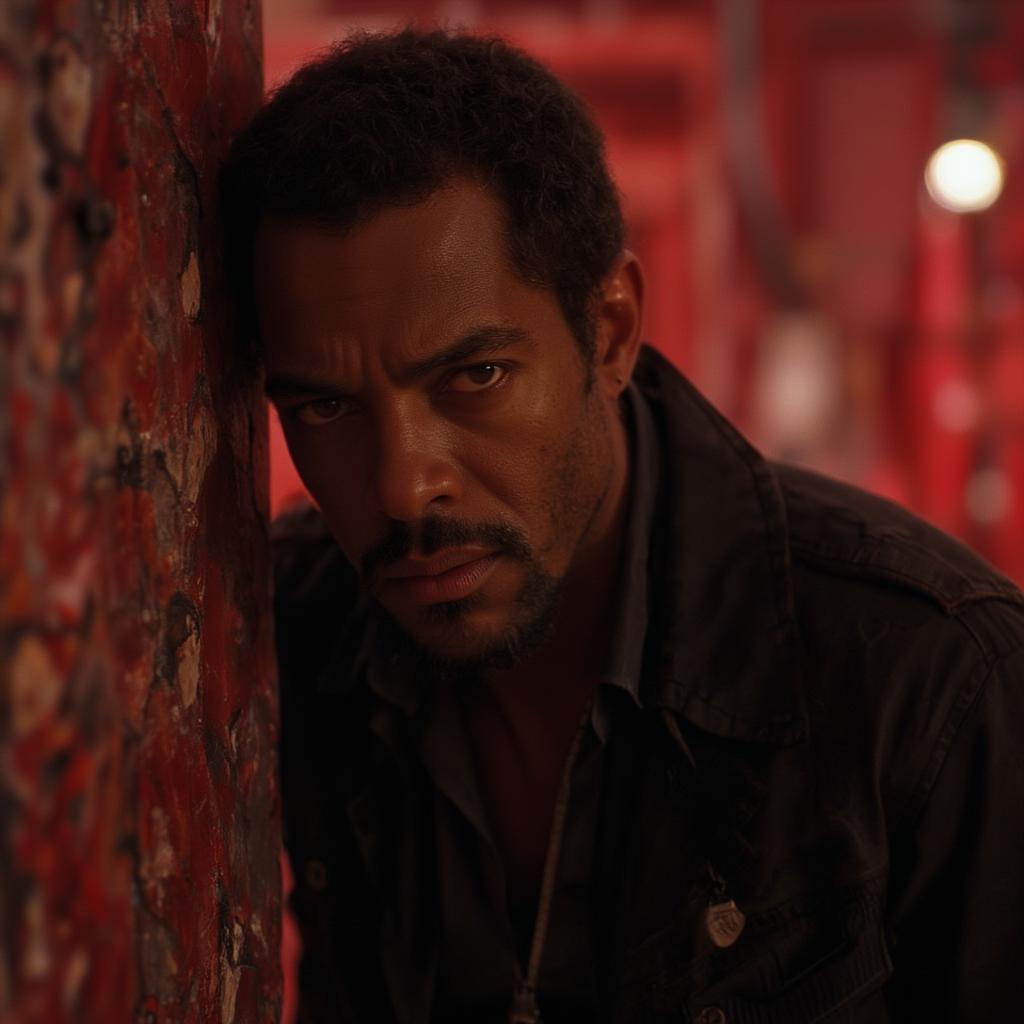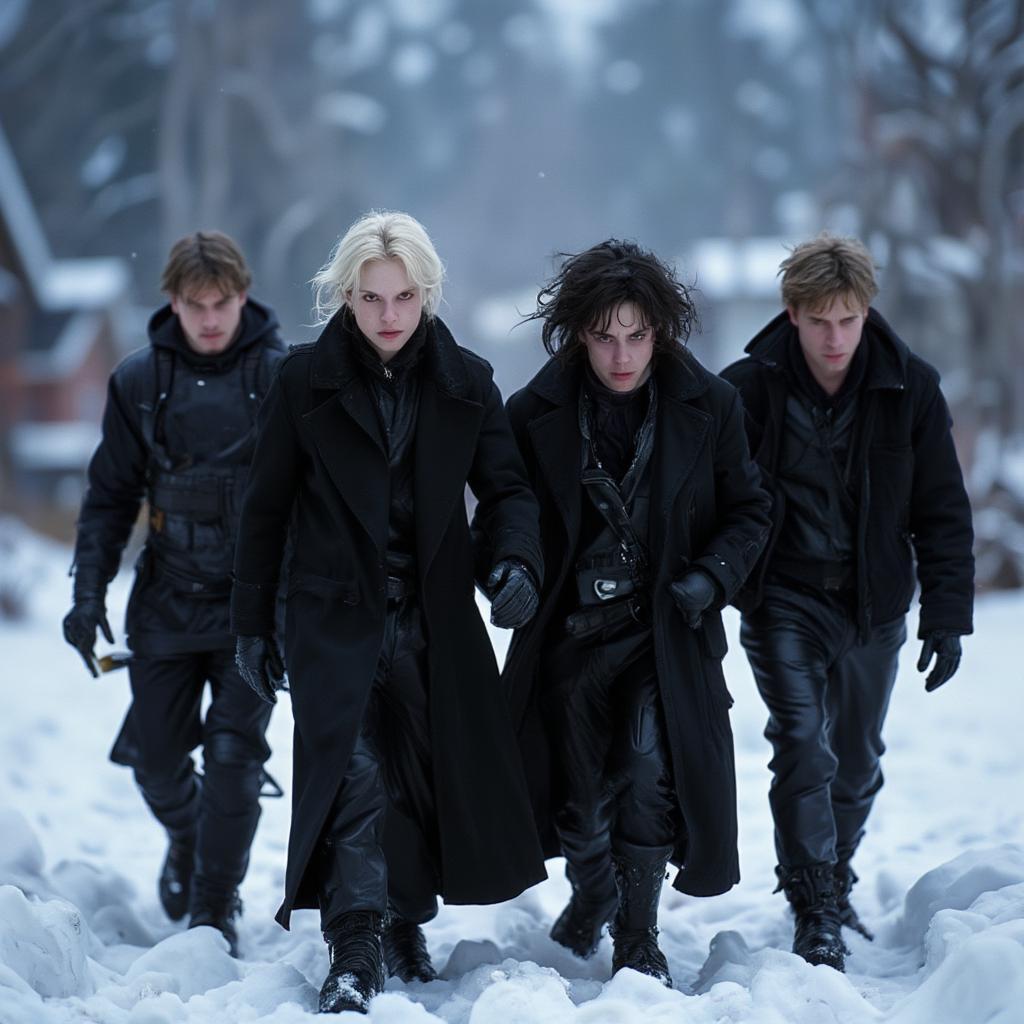Jackie Brown: A Deep Dive into Tarantino’s Blaxploitation Homage

Let’s talk Jackie Brown, Quentin Tarantino’s 1997 crime caper that, unlike his other works, doesn’t rely on hyper-stylized violence as its main draw. This film, a love letter to the Blaxploitation genre, is more about character depth, simmering tension, and the intricate dance of survival in a world of lowlifes and double-crossers. It’s a slower burn, perhaps, but a richly rewarding cinematic experience.
Decoding the Heart of Jackie Brown
At its core, Jackie Brown isn’t just about a flight attendant smuggling money for an arms dealer. It’s a character study of a woman, Jackie, trying to escape the corner she’s been painted into. She’s not some superhero, but a relatable individual making tough choices under pressure. Her schemes are clever, not superhuman, and her vulnerability is what makes her so compelling. The film provides a nuanced perspective on race, class, and the struggle for personal freedom. The film avoids cartoonish characterizations, instead presenting individuals with complex motivations.
The Allure of the Blaxploitation Influence
Tarantino’s affection for Blaxploitation films shines through every frame of Jackie Brown. The film’s soundtrack is filled with soulful and funky tunes from the 70s, creating a vibrant atmosphere. The character of Jackie, portrayed brilliantly by Pam Grier (a Blaxploitation icon herself), is a strong, independent woman, a hallmark of the genre. But, Tarantino doesn’t just copy; he elevates the source material, adding his own flair of dialogue and storytelling. He imbues the film with a knowing wink, acknowledging the history he’s playing within while simultaneously crafting something wholly original.
“The brilliance of Jackie Brown lies in its ability to both pay tribute to and subvert the conventions of Blaxploitation cinema,” says Dr. Eleanor Vance, a film historian specializing in genre studies. “It’s not merely a pastiche; it’s a sophisticated re-imagining.”
The Art of the Ensemble Cast
Beyond Jackie, the film is populated with memorable characters. Samuel L. Jackson as Ordell Robbie, the ruthless arms dealer, is chillingly charismatic. Robert Forster as Max Cherry, the bail bondsman, is a study in understated coolness. Bridget Fonda as Melanie Ralston, the perpetually stoned surfer girl, adds a layer of quirky unpredictability. Even the smaller roles, such as Michael Keaton’s Ray Nicolette, contribute to the film’s rich tapestry. These characters aren’t just plot devices; they’re fully realized individuals with their own motivations and desires. The interactions between them are key to the narrative’s intrigue and tension.
Jackie Brown vs. Other Tarantino Films
While all of Tarantino’s films have a unique style, Jackie Brown stands apart. It’s more mature and subtle than the explosive violence of Pulp Fiction or the fantastical revisionist history of Inglourious Basterds. The film relies more on suspense and witty dialogue than on graphic action sequences. This approach makes Jackie Brown a more introspective work, delving into the complexities of its characters and the moral ambiguities of their choices. It’s a testament to Tarantino’s versatility as a director.
How the Dialogue Drives the Narrative
The dialogue in Jackie Brown is vintage Tarantino: snappy, quotable, and full of character. Conversations flow naturally, revealing the personalities of each character and advancing the plot. The dialogue isn’t just exposition; it’s part of the fabric of the film, adding texture and depth to the story. The rhythmic flow of the exchanges, often casual, sometimes heated, keeps the viewer constantly engaged and on the edge of their seat.
“Tarantino’s greatest skill is in his ability to write dialogue that is not only entertaining but also reveals the inner lives of his characters,” observes Professor James Sterling, an expert in screenwriting. “In Jackie Brown, the dialogue is a masterclass in character development.”
Exploring the Themes of Power and Survival
Jackie Brown is not just a crime story; it’s a commentary on the power dynamics at play within society. Jackie, a black woman caught between different power structures, uses her cunning and intelligence to navigate a world dominated by men. The film explores the choices people make when their backs are against the wall. It showcases the lengths people will go to survive and how morality is often sacrificed in the face of desperation. The characters in Jackie Brown aren’t operating in a vacuum; they’re products of the systemic forces surrounding them.
The Significance of the Ending
The ending of Jackie Brown is perhaps one of its most compelling aspects. Unlike the often violent and dramatic resolutions of other Tarantino films, this one is more subdued. It’s a quieter triumph, suggesting a more hopeful outlook for Jackie. The ending reflects the film’s emphasis on character development over plot pyrotechnics. It’s a culmination of Jackie’s journey, highlighting her resilience and ability to forge her own path.
Why Jackie Brown Still Resonates Today
Even decades after its release, Jackie Brown remains a significant cinematic achievement. Its compelling characters, sophisticated storytelling, and exploration of complex themes resonate with audiences today. The film has garnered a dedicated fanbase and is often cited as a prime example of the neo-noir genre. It’s a reminder that great stories don’t always need explosive action to leave a lasting impact. The film’s understated approach and character-driven plot has solidified its reputation as a modern classic.

The Impact of Pam Grier’s Performance
Pam Grier’s performance as Jackie Brown is nothing short of iconic. She imbues the character with a mixture of strength, vulnerability, and intelligence. Grier’s presence is a key element to the film’s success, and her nuanced portrayal of Jackie elevates the movie from a simple crime story to a complex character study. Her performance is often cited as one of the greatest of her career. Grier brings both her past experience with Blaxploitation films and her depth as a dramatic actress to the role. She creates a character that is both believable and empowering.
The Enduring Legacy of Jackie Brown
In conclusion, Jackie Brown is more than just another Tarantino flick. It’s a sophisticated crime drama that offers a different approach to the director’s signature style. With its complex characters, nuanced themes, and captivating dialogue, the film continues to fascinate audiences and influence filmmakers. From the opening scene to the final moments, Jackie Brown is a testament to the power of character-driven storytelling. The film’s enduring legacy lies in its ability to challenge conventions and offer a unique perspective within the crime genre, and it is always a good idea to revisit this particular masterpiece.
Frequently Asked Questions About Jackie Brown
- What makes Jackie Brown different from other Tarantino movies?
Jackie Brown distinguishes itself through its focus on character development and a slower-paced narrative, compared to the stylized violence and fast-paced action typical of other Tarantino films. It’s a more mature and subtle work. - Who is Pam Grier and why was she cast in Jackie Brown?
Pam Grier is a Blaxploitation icon from the 1970s. Tarantino cast her in Jackie Brown as an homage to the genre and to showcase her incredible talent. Her presence elevates the film and is pivotal to its success. - What are some of the key themes explored in Jackie Brown?
The film explores themes of power, survival, race, class, and the moral ambiguities of making difficult choices. It is also focused on the systemic issues of the society the characters inhabit. - What is the significance of the film’s ending?
The ending of Jackie Brown is a more subdued and hopeful resolution compared to other Tarantino films. It reflects Jackie’s resilience and her ability to take control of her own destiny. - How does the Blaxploitation genre influence Jackie Brown?
The film is heavily influenced by the Blaxploitation genre through its themes, soundtrack, and the casting of Pam Grier. Tarantino both pays tribute to and reinterprets the genre’s conventions. - Who is Ordell Robbie in Jackie Brown and what is his role in the story?
Ordell Robbie, played by Samuel L. Jackson, is an arms dealer. He is a central antagonist in the film. His charismatic yet ruthless nature drives the main conflict. - Why is the dialogue in Jackie Brown so memorable?
The dialogue is vintage Tarantino: snappy, quotable, and character-driven. It serves as both exposition and character development, and contributes to the overall texture of the movie. - What was unique about the direction style in Jackie Brown compared to Tarantino’s other films?
Tarantino adopted a more character-driven direction style with less emphasis on stylized violence and more on subtle tension and interaction. This approach sets Jackie Brown apart in his filmography. - How does Jackie Brown relate to the concept of a ‘neo-noir’ film?
Jackie Brown is a great example of neo-noir due to its focus on morally ambiguous characters, its exploration of a seedy criminal underbelly, and its modern take on the classic film noir genre, with a heavy influence of Blaxploitation themes.




